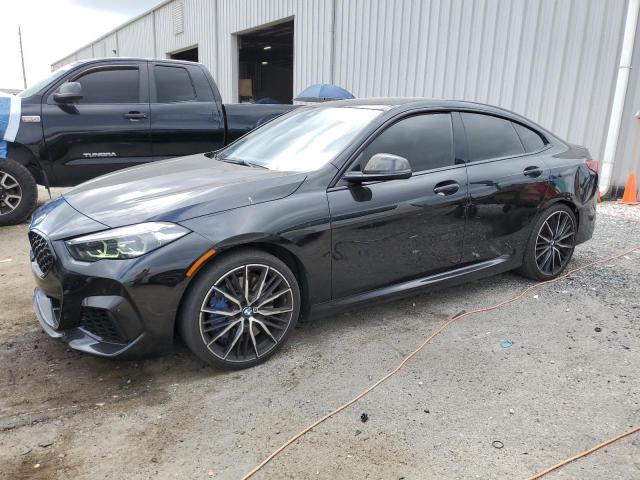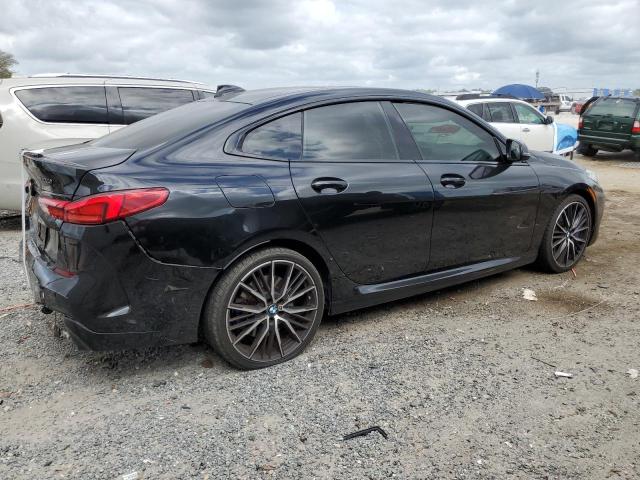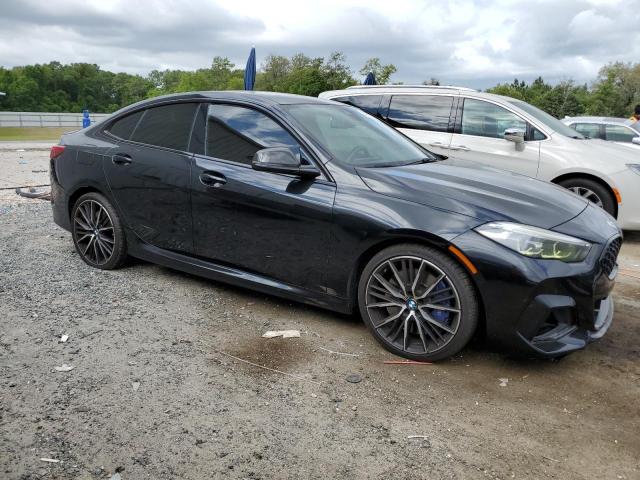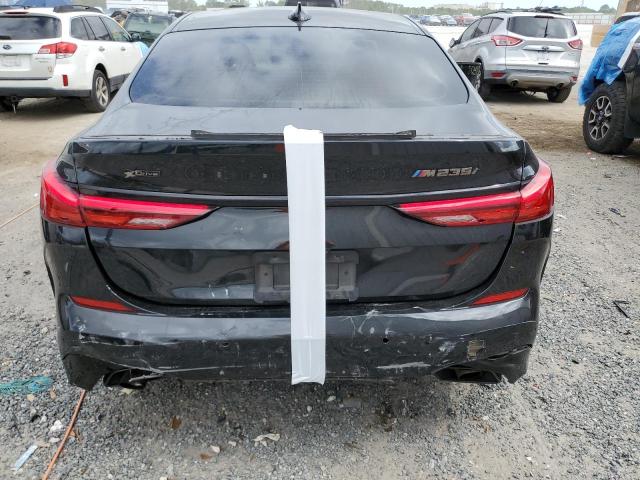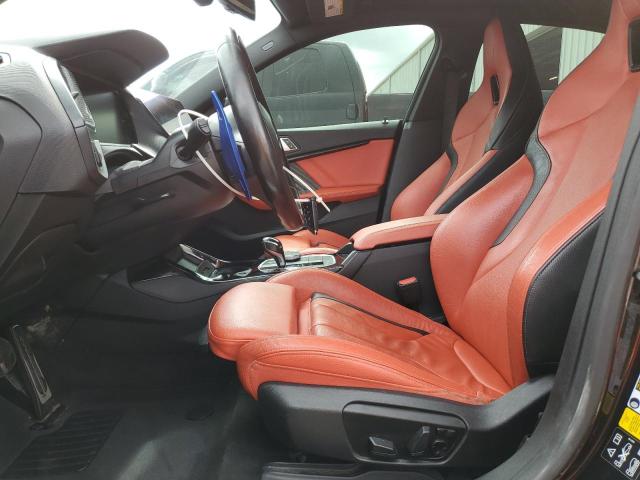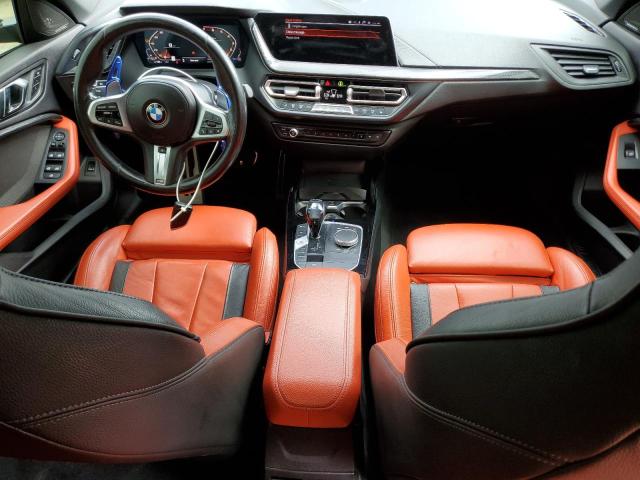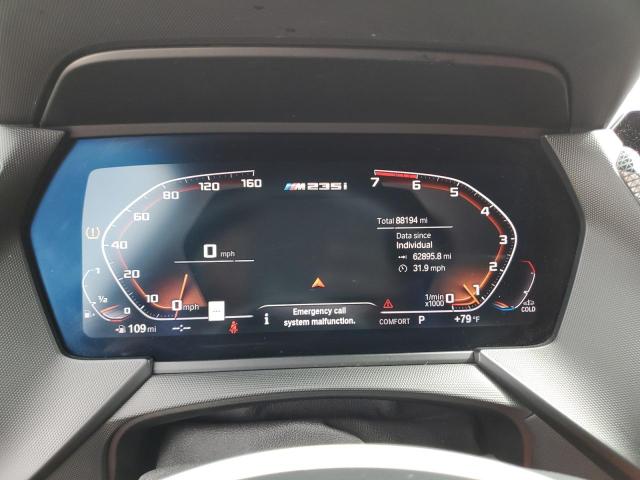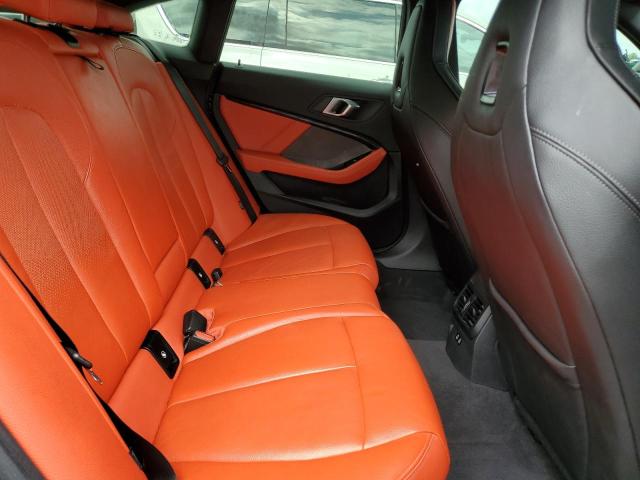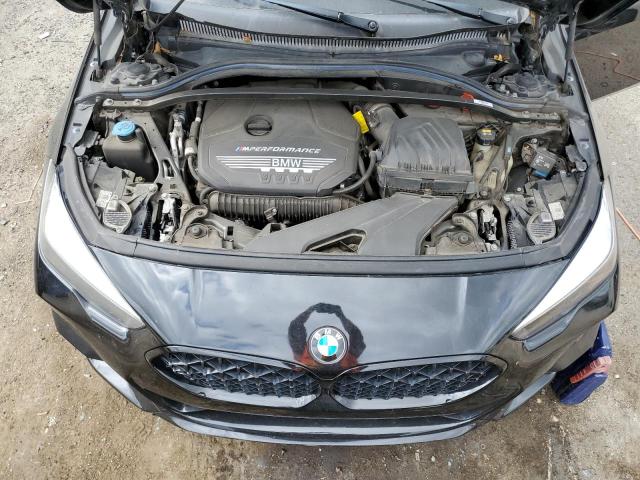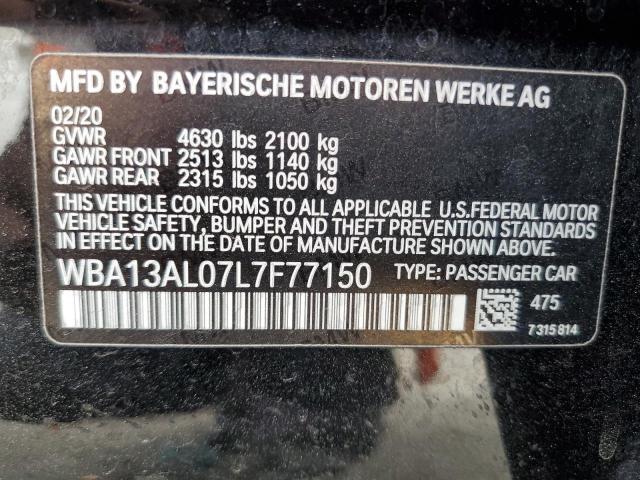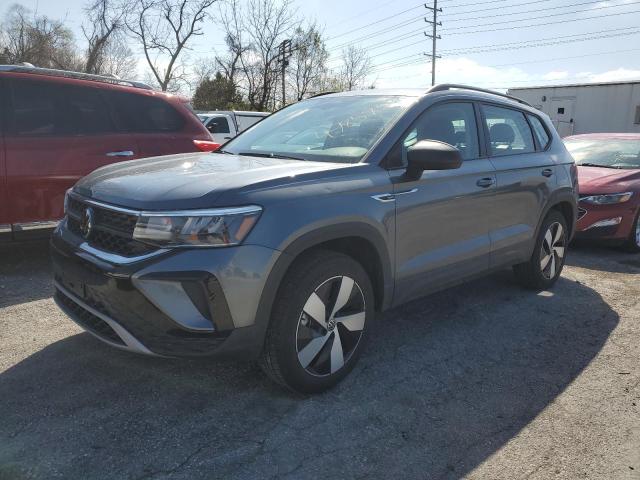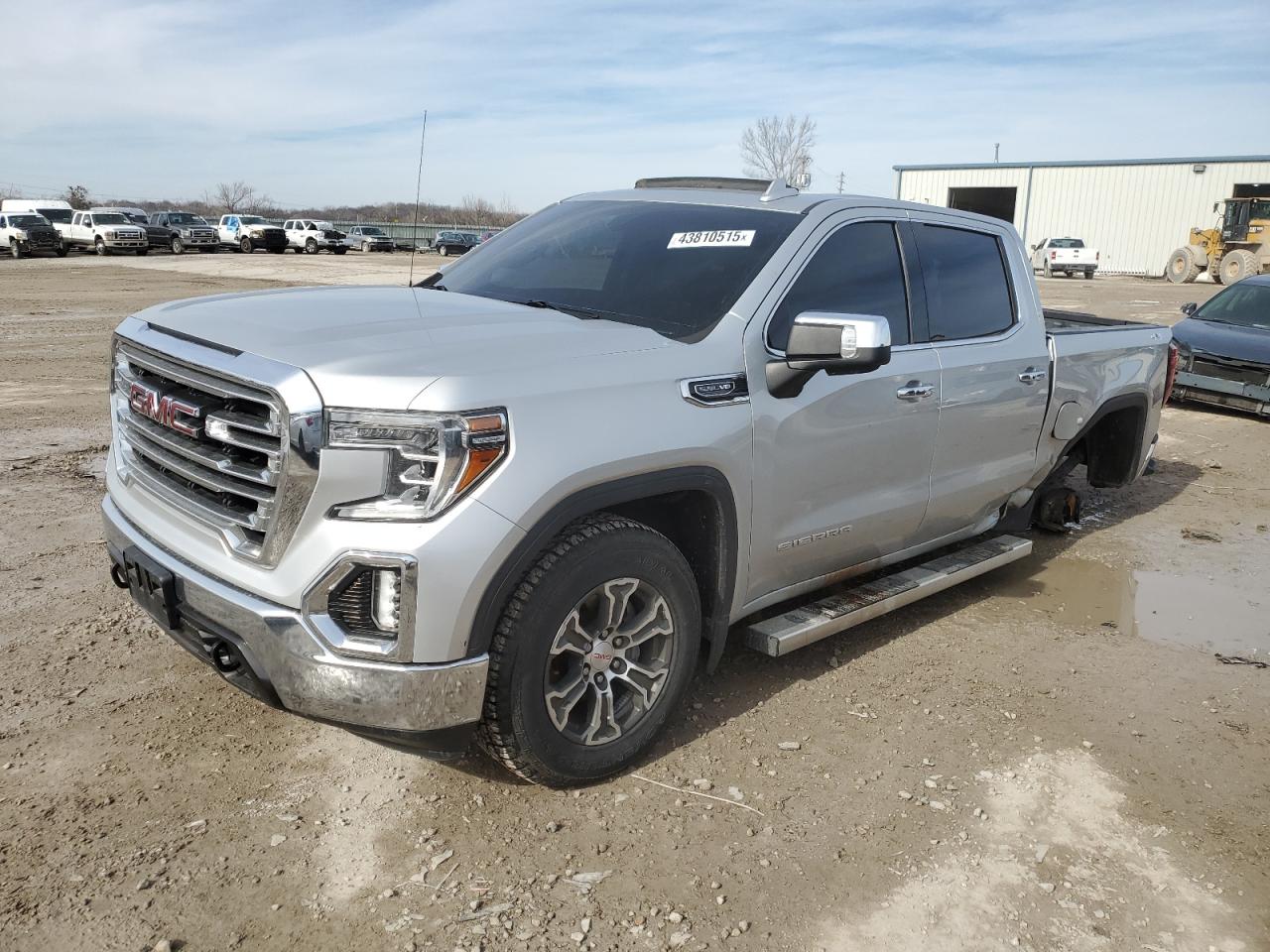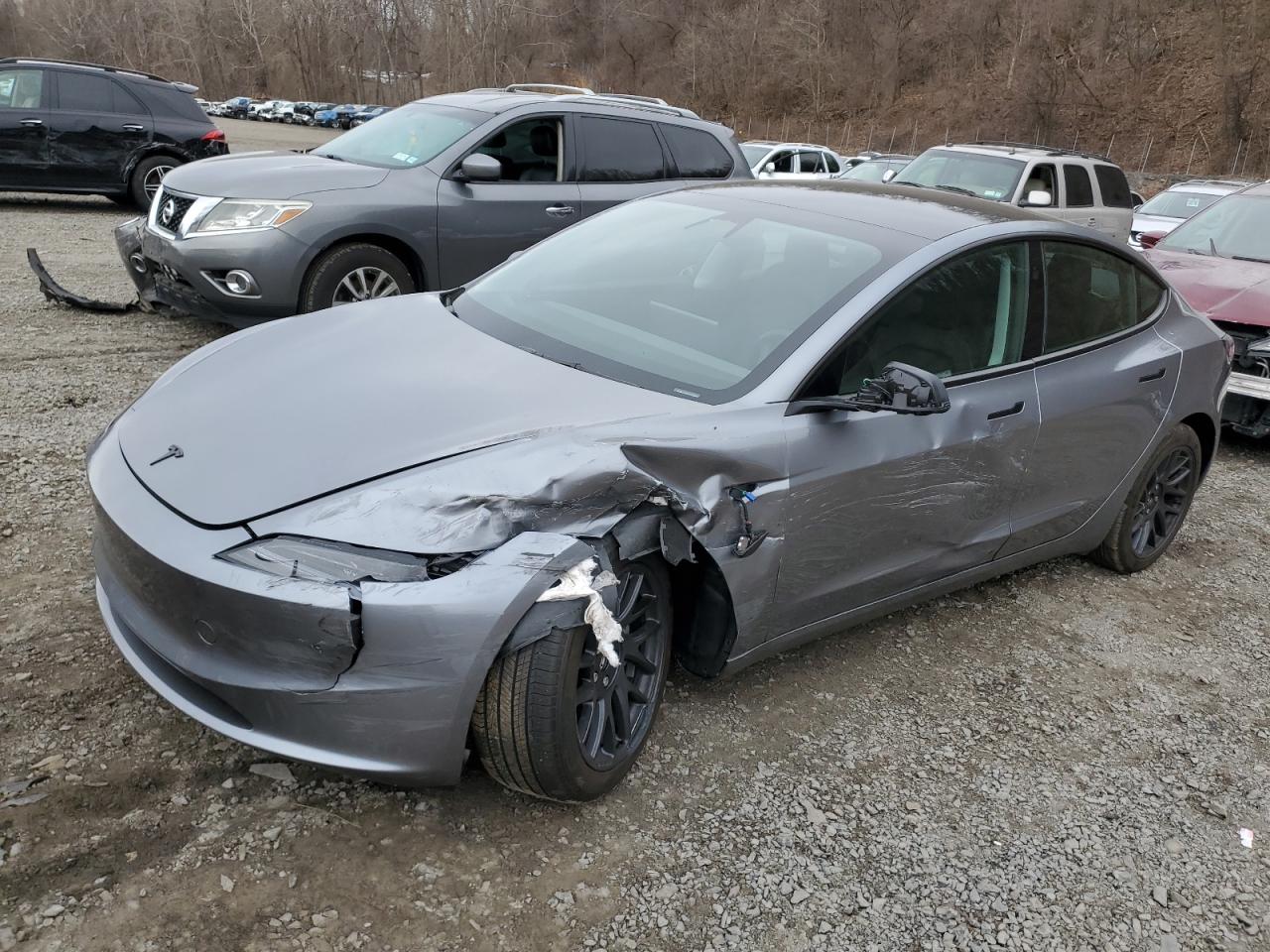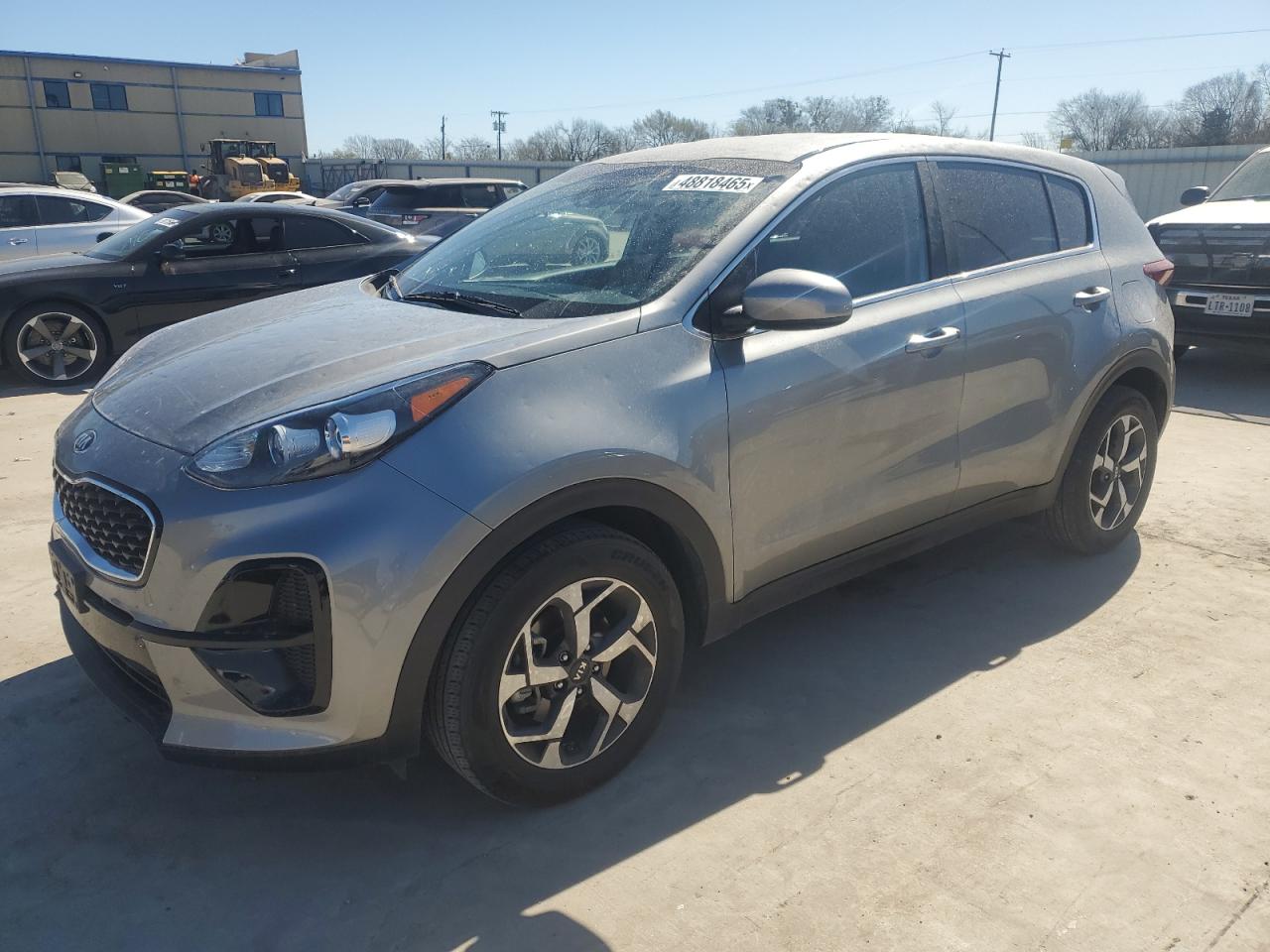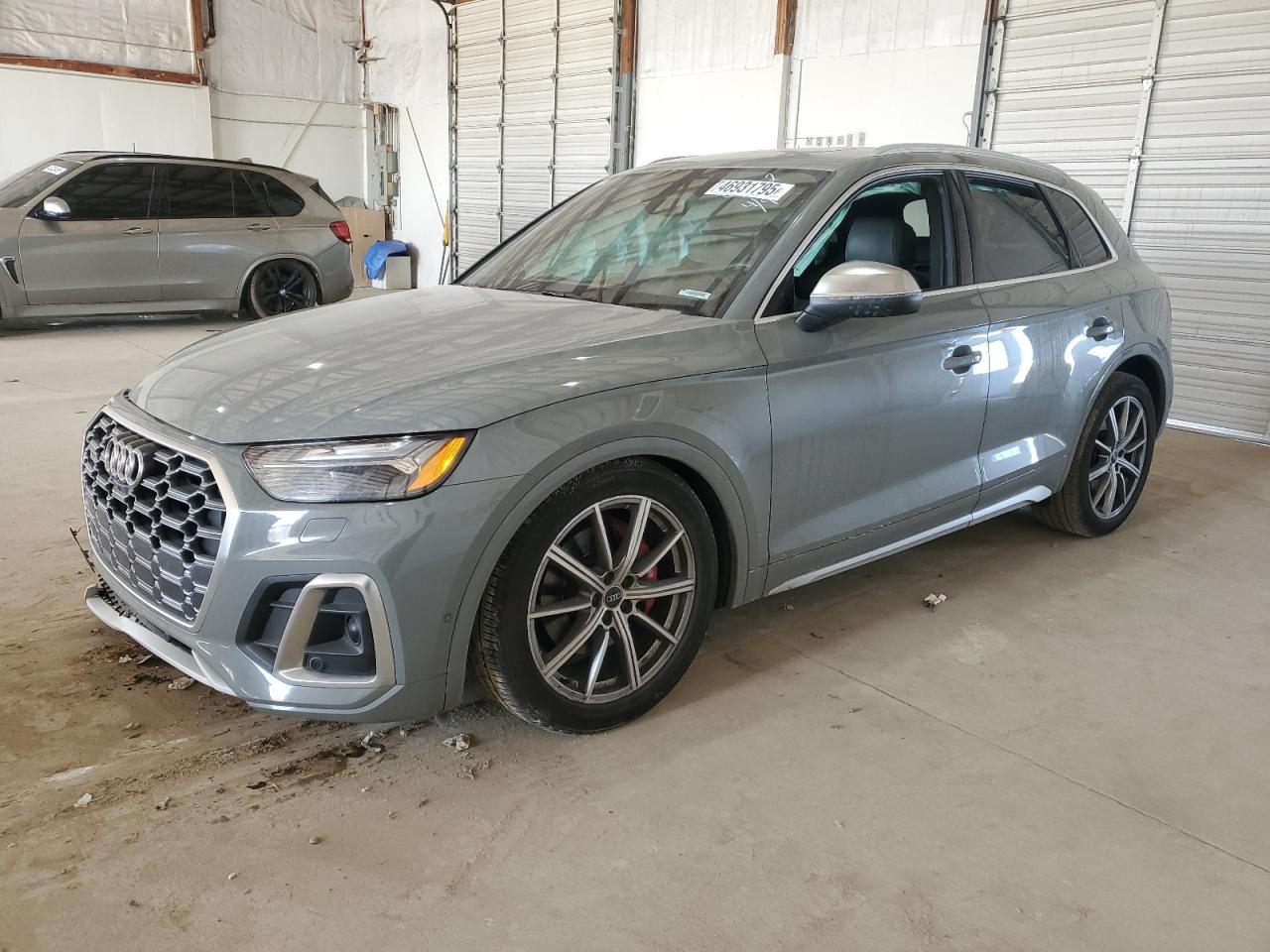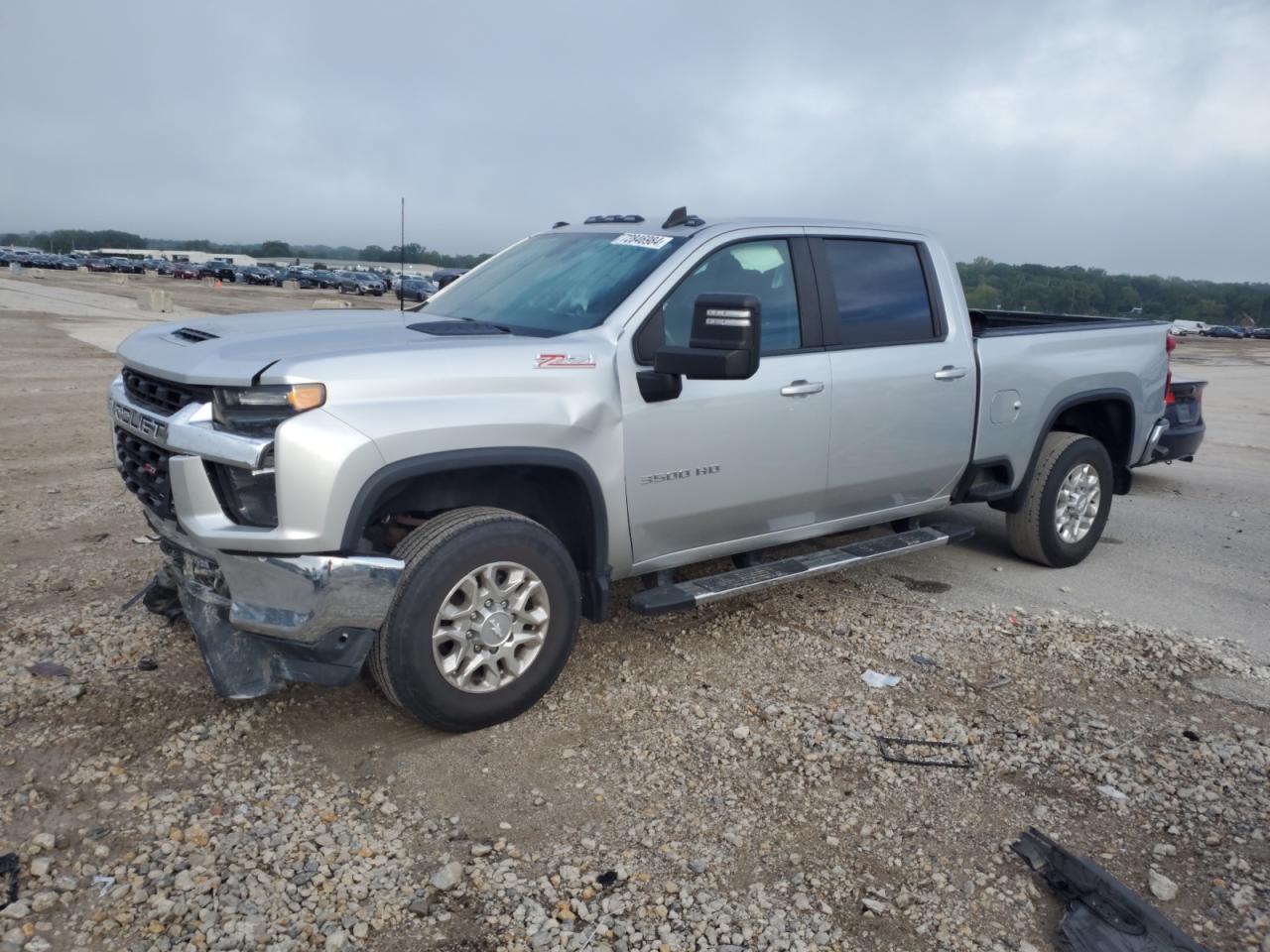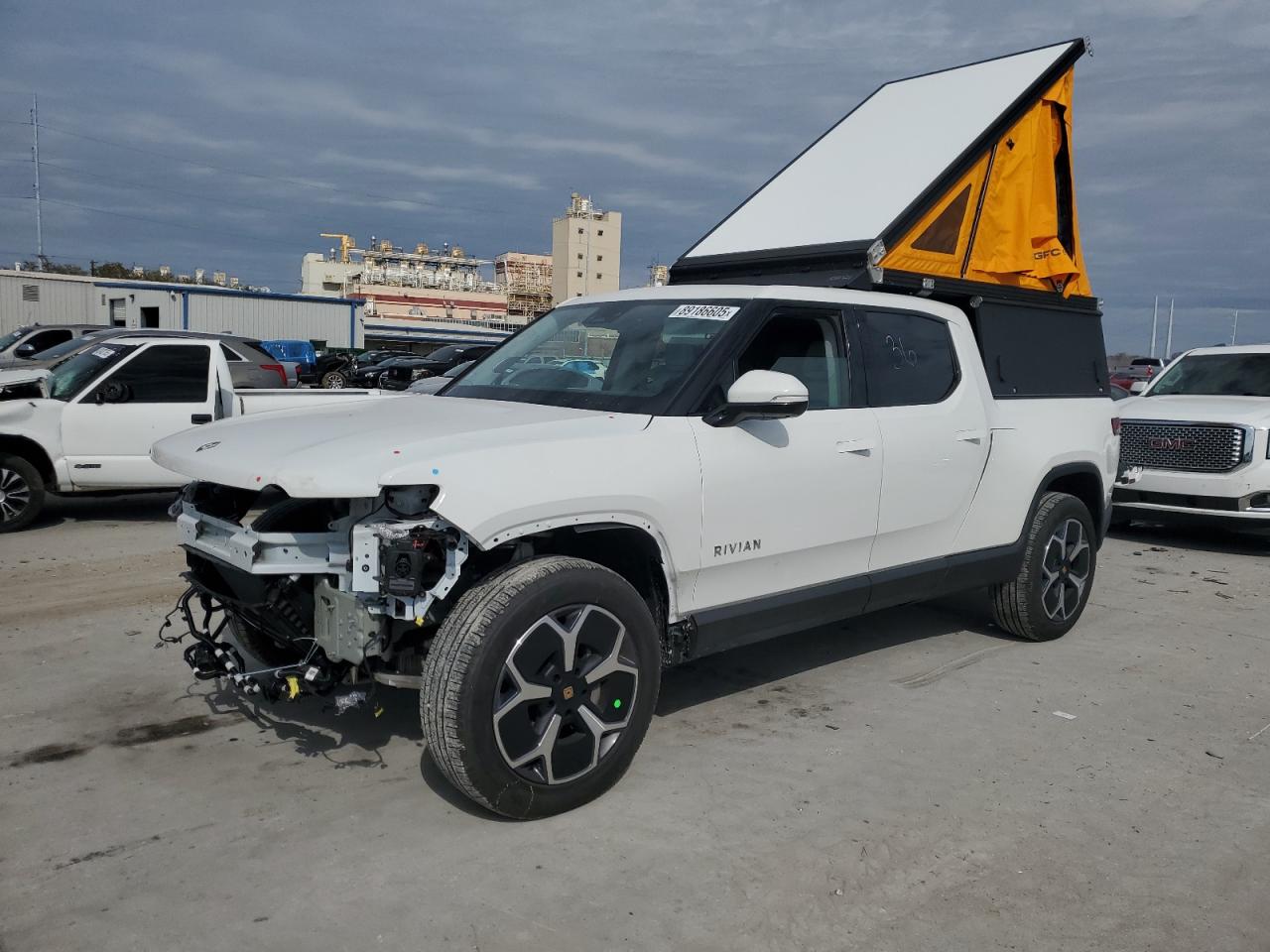Specifications
6
~$55,000
Engine: 3.0L turbocharged inline-6
Torque: 500 Nm
0–100 km/h: : ~4.4 s
The M240i represented the sharpest edge of the non-M 2 Series lineup. With its B58 inline-six turbocharged engine delivering 340 hp and 500 Nm of torque, it came remarkably close to M2 territory in raw numbers, accelerating from 0 to 100 km/h in just 4.4 seconds with xDrive. Power delivery was linear and muscular, with a satisfying turbo punch throughout the rev range and a characterful straight-six soundtrack.
The chassis balance was exceptional thanks to the rear-wheel-drive architecture—enhanced in xDrive variants with surefooted traction and enhanced corner exit stability. Adaptive M suspension allowed for meaningful differentiation between comfort and sport modes, and the steering remained quick and direct, if a bit filtered. The compact dimensions, short wheelbase, and low center of gravity made the 2 Series a joyful partner in dynamic driving scenarios, whether carving through mountain passes or attacking tight city corners.
While the M2 carried the brand's motorsport legacy, the M240i delivered nearly 90% of the performance in a more approachable, less aggressive form. It offered a daily-drivable sports coupé experience with authentic BMW DNA—precise, balanced, and enthusiast-focused—without demanding the full commitment of an M car.
Body Styles
The 2 Series was available as a two-door Coupé (F22) and Convertible (F23), both with classic proportions rooted in BMW’s performance heritage. With a long hood, short rear deck, and a cab-backward stance, the Coupé evoked the silhouette of legendary compact Bimmers. The muscular rear haunches, slightly flared arches, and low roofline reinforced its purposeful yet compact presence. The Convertible retained nearly identical proportions with a well-integrated soft-top roof that folded neatly into the rear deck, preserving luggage capacity. Both body types benefited from short overhangs and a wide stance, making them feel planted and responsive in motion.
Model Name Meaning (Manufacturer)
“2 Series” denotes the smallest coupé and convertible segment in BMW’s numerical lineup, derived from the brand’s shift to even-numbered names for two-door variants starting in the 2010s. It succeeded the E82 1 Series Coupé, signaling a clearer separation between sport-oriented and compact mainstream models.
Body & Interior Colors and Rims
The color palette ranged from traditional tones like Alpine White, Jet Black, and Mineral Grey to more expressive hues such as Estoril Blue, Sunset Orange, and Melbourne Red. Some colors—like Black Sapphire Metallic—were paired with Shadow Line trim for a sportier look, while the M Sport Package added high-gloss black details and aerodynamic accents for visual differentiation. In Convertible models, the soft top was available in Black, Anthracite Silver Effect, or Moonlight, further customizing exterior appearance.
Interiors featured a mix of Sensatec and Dakota leather in colors like Black, Oyster, Coral Red, and Cognac. Contrasting stitching and aluminum hexagon or brushed aluminum trims added a technical feel, while high-gloss black, fine wood, or even matte blue accents offered personalization. The driver-focused cockpit remained clean and minimalistic, with the iDrive controller central to cabin ergonomics and design clarity.
Wheels ranged from 17-inch base alloys to optional 18-inch and 19-inch M double-spoke or V-spoke designs. Finishes included orbit grey, ferric grey, and polished bi-color treatments. Higher trims received staggered setups for enhanced handling, and summer performance tires were standard on M240i variants. Some wheels came with blue or grey M Sport brake calipers, giving subtle performance cues.
Top Expensive Options
- Adaptive M Suspension with Variable Damping: $1,200
- Harman Kardon 12-Speaker Surround Sound System: $875
- M Sport Brakes with Blue Calipers: $650
- BMW Navigation Professional with 8.8" Display: $2,150
- Coral Red Dakota Leather with Black Dash: $1,450
- Shadowline Exterior Package with High-Gloss Black Trim: $400
- 19-Inch Double-Spoke M Alloy Wheels: $1,300
- Driving Assistant (Collision, Lane Departure Warning): $1,100
- Convertible Wind Deflector with Storage Bag: $350
- Adaptive LED Headlights with Cornering Function: $1,000
vs Competitors
The BMW 2 Series outperformed rivals like the Audi A3 Cabriolet and Mercedes-Benz CLA Coupé in driving engagement, purity of platform, and rear-drive balance. Where competitors relied on front-wheel-drive underpinnings, the 2 Series offered a traditional longitudinal layout with near-50:50 weight distribution. Even in xDrive form, it preserved sharpness and composure on winding roads. Compared to larger compact cars, the 2 Series felt more focused and honest—less concerned with tech theatrics, more aligned with tactile response. It became the spiritual successor to BMW's E30 and E36 coupes, standing out as a rare blend of accessibility, luxury, and genuine performance.
Fun Fact
The F22 BMW 2 Series was the last compact BMW coupé to offer a six-cylinder engine in a rear-wheel-drive configuration, making the M240i a future classic among driving purists. In enthusiast circles, it’s often referred to as “the last small BMW done right.”
Lot Details
Final Bid BMW 2 Series (2020)
$10,200
$10,450
$10,700
Specifications
6
~$55,000
Torque:
0–100 km/h:
The M240i represented the sharpest edge of the non-M 2 Series lineup. With its B58 inline-six turbocharged engine delivering 340 hp and 500 Nm of torque, it came remarkably close to M2 territory in raw numbers, accelerating from 0 to 100 km/h in just 4.4 seconds with xDrive. Power delivery was linear and muscular, with a satisfying turbo punch throughout the rev range and a characterful straight-six soundtrack.
The chassis balance was exceptional thanks to the rear-wheel-drive architecture—enhanced in xDrive variants with surefooted traction and enhanced corner exit stability. Adaptive M suspension allowed for meaningful differentiation between comfort and sport modes, and the steering remained quick and direct, if a bit filtered. The compact dimensions, short wheelbase, and low center of gravity made the 2 Series a joyful partner in dynamic driving scenarios, whether carving through mountain passes or attacking tight city corners.
While the M2 carried the brand's motorsport legacy, the M240i delivered nearly 90% of the performance in a more approachable, less aggressive form. It offered a daily-drivable sports coupé experience with authentic BMW DNA—precise, balanced, and enthusiast-focused—without demanding the full commitment of an M car.
Body Styles
The 2 Series was available as a two-door Coupé (F22) and Convertible (F23), both with classic proportions rooted in BMW’s performance heritage. With a long hood, short rear deck, and a cab-backward stance, the Coupé evoked the silhouette of legendary compact Bimmers. The muscular rear haunches, slightly flared arches, and low roofline reinforced its purposeful yet compact presence. The Convertible retained nearly identical proportions with a well-integrated soft-top roof that folded neatly into the rear deck, preserving luggage capacity. Both body types benefited from short overhangs and a wide stance, making them feel planted and responsive in motion.
Model Name Meaning (Manufacturer)
“2 Series” denotes the smallest coupé and convertible segment in BMW’s numerical lineup, derived from the brand’s shift to even-numbered names for two-door variants starting in the 2010s. It succeeded the E82 1 Series Coupé, signaling a clearer separation between sport-oriented and compact mainstream models.
Body & Interior Colors and Rims
The color palette ranged from traditional tones like Alpine White, Jet Black, and Mineral Grey to more expressive hues such as Estoril Blue, Sunset Orange, and Melbourne Red. Some colors—like Black Sapphire Metallic—were paired with Shadow Line trim for a sportier look, while the M Sport Package added high-gloss black details and aerodynamic accents for visual differentiation. In Convertible models, the soft top was available in Black, Anthracite Silver Effect, or Moonlight, further customizing exterior appearance.
Interiors featured a mix of Sensatec and Dakota leather in colors like Black, Oyster, Coral Red, and Cognac. Contrasting stitching and aluminum hexagon or brushed aluminum trims added a technical feel, while high-gloss black, fine wood, or even matte blue accents offered personalization. The driver-focused cockpit remained clean and minimalistic, with the iDrive controller central to cabin ergonomics and design clarity.
Wheels ranged from 17-inch base alloys to optional 18-inch and 19-inch M double-spoke or V-spoke designs. Finishes included orbit grey, ferric grey, and polished bi-color treatments. Higher trims received staggered setups for enhanced handling, and summer performance tires were standard on M240i variants. Some wheels came with blue or grey M Sport brake calipers, giving subtle performance cues.
Top Expensive Options
- Adaptive M Suspension with Variable Damping: $1,200
- Harman Kardon 12-Speaker Surround Sound System: $875
- M Sport Brakes with Blue Calipers: $650
- BMW Navigation Professional with 8.8" Display: $2,150
- Coral Red Dakota Leather with Black Dash: $1,450
- Shadowline Exterior Package with High-Gloss Black Trim: $400
- 19-Inch Double-Spoke M Alloy Wheels: $1,300
- Driving Assistant (Collision, Lane Departure Warning): $1,100
- Convertible Wind Deflector with Storage Bag: $350
- Adaptive LED Headlights with Cornering Function: $1,000
vs Competitors
The BMW 2 Series outperformed rivals like the Audi A3 Cabriolet and Mercedes-Benz CLA Coupé in driving engagement, purity of platform, and rear-drive balance. Where competitors relied on front-wheel-drive underpinnings, the 2 Series offered a traditional longitudinal layout with near-50:50 weight distribution. Even in xDrive form, it preserved sharpness and composure on winding roads. Compared to larger compact cars, the 2 Series felt more focused and honest—less concerned with tech theatrics, more aligned with tactile response. It became the spiritual successor to BMW's E30 and E36 coupes, standing out as a rare blend of accessibility, luxury, and genuine performance.
Fun Fact
The F22 BMW 2 Series was the last compact BMW coupé to offer a six-cylinder engine in a rear-wheel-drive configuration, making the M240i a future classic among driving purists. In enthusiast circles, it’s often referred to as “the last small BMW done right.”

